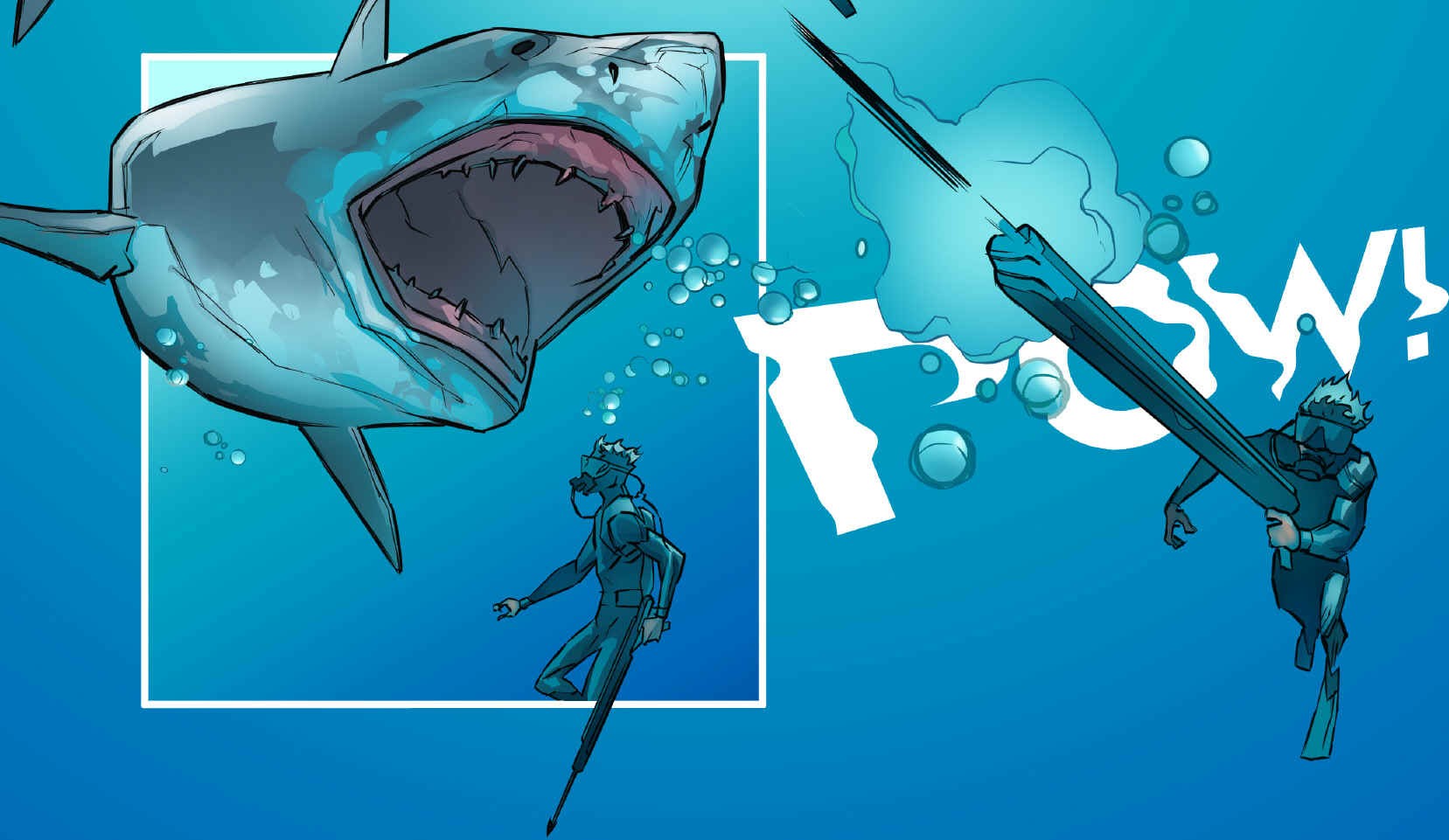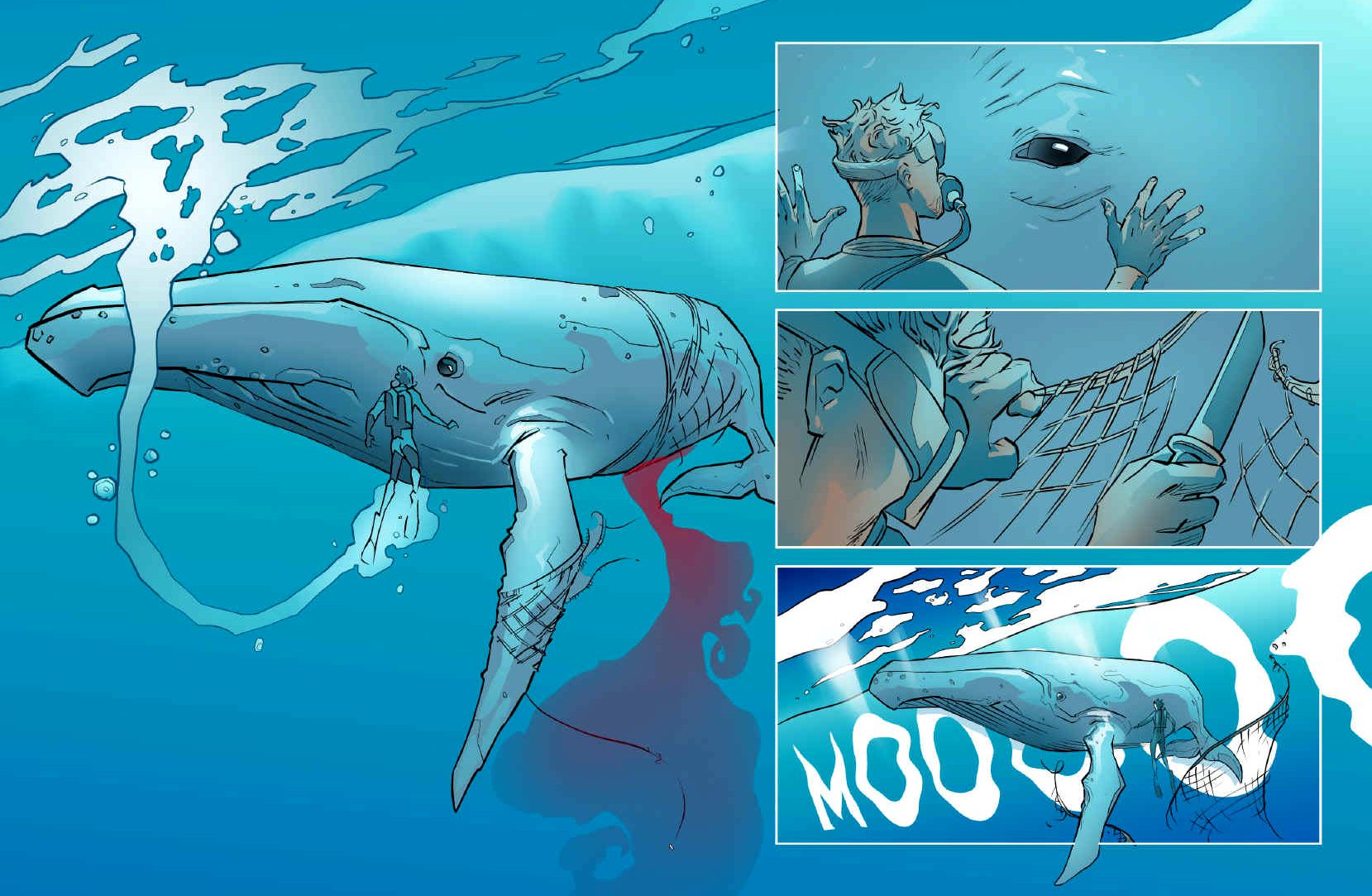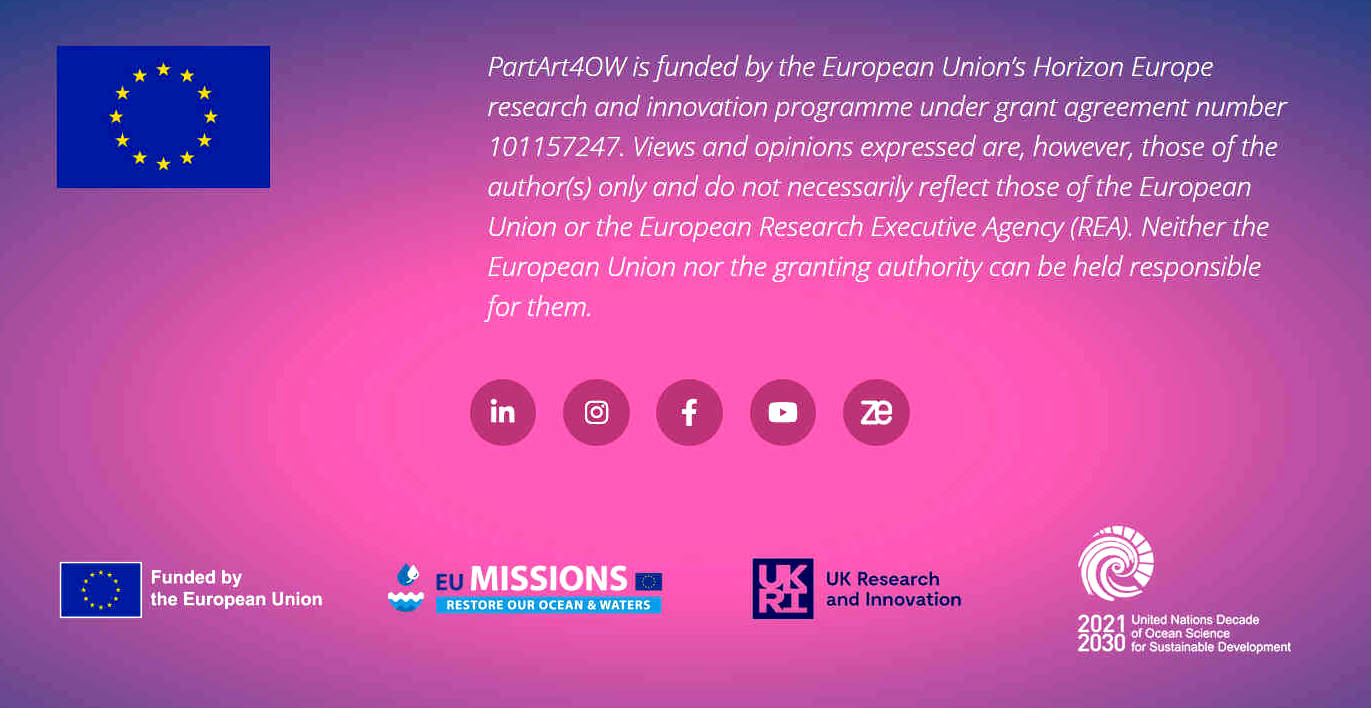|
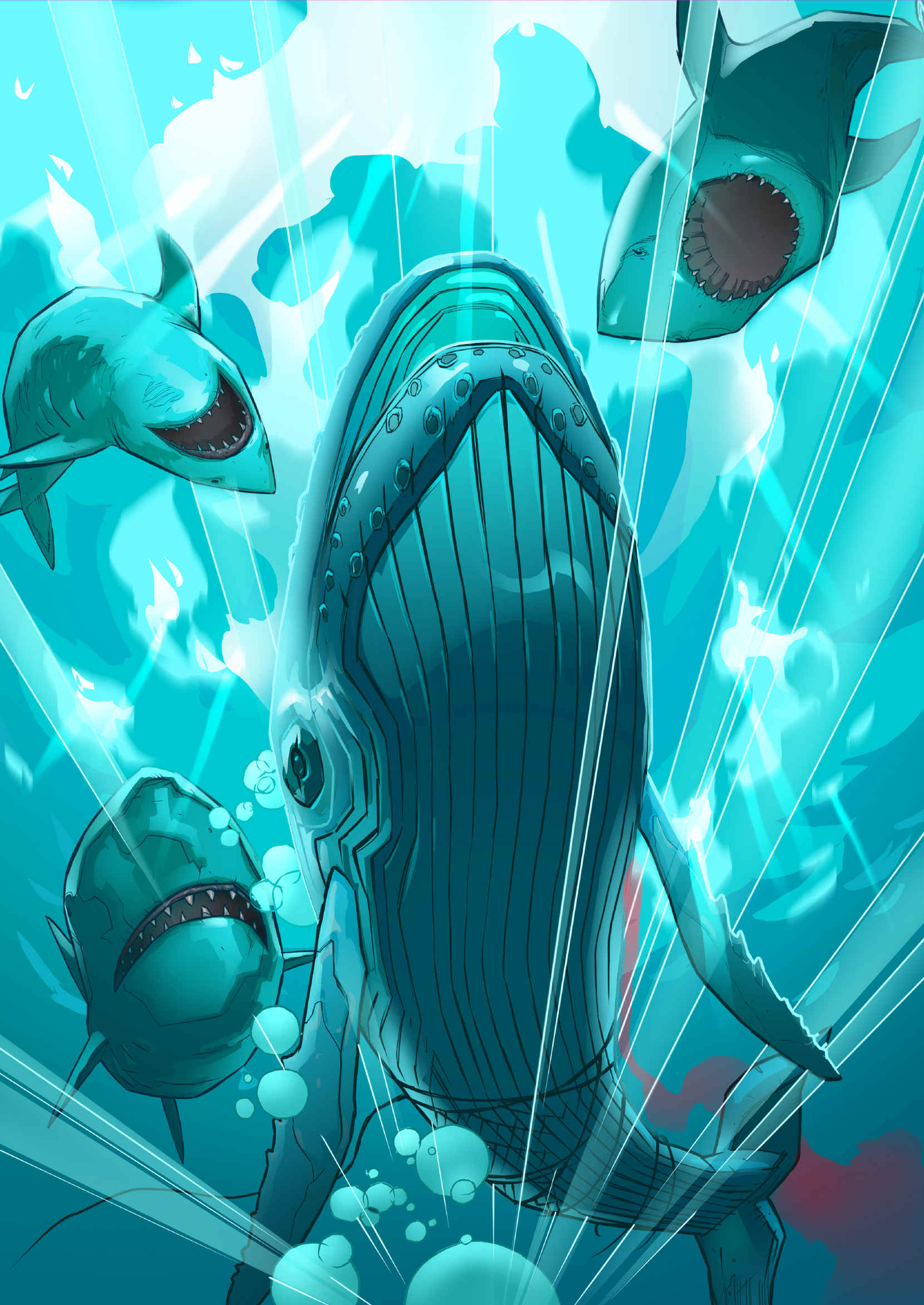
By
way of an example for entrants to the EU's PartArt4OW
call for proposals, the Cleaner
Ocean Foundation has put together a project for development with several facets
of the Call included. Not of course local to the rivers,
lakes, ponds, seas
or other waters that you may be concerned with. And not catering to
local equalities and issues.
The EU are looking for Participatory Art Initiatives (PAIs), whose overall goal will be
to increase citizens’ ocean literacy,
awareness of the challenges and pressures faced by the ocean and inland waters,
and to mobilise citizens and stakeholders for the protection and restoration of oceans,
seas and rivers. These objectives
mesh admirably with the published goals of the Cleaner
Ocean Foundation.
APPLICATION
FORM
SUMMARY
Q. Describe the core idea of your project in one sentence.
A. Kulo-Luna is an interdisciplinary project proposed by the Cleaner Ocean Foundation that combines storytelling, participatory art, and sustainable innovation to raise ocean literacy, inspire action against marine pollution, and drive collective efforts toward ocean restoration.
Q. Provide a brief overview of your proposed project, its main objectives, the specific environmental and/or social challenge it addresses and explain why it can be identified as a Participatory Art Initiative
A. We are thrilled to present ‘Kulo-Luna,’ a transformative project by the Cleaner Ocean Foundation that bridges art, science, and civic engagement to inspire and educate audiences about the challenges our oceans face. By leveraging the magic of storytelling and cutting-edge technologies, Kulo-Luna is set to captivate the hearts and minds of citizens while mobilizing collective action for ocean restoration.
The Kulo-Luna project, led by the Cleaner Ocean Foundation, is a creative, interdisciplinary initiative combining art, science, and public engagement to promote ocean awareness and conservation. At its core is the transformation of the Kulo-Luna screenplay into an illustrated novel for all ages, telling the compelling story of a humpback whale confronting marine threats like plastic pollution, whaling, and ghost nets.
The project integrates innovative technology, featuring the Elizabeth Swann
hydrogen-powered ship and large solar wings that track the sun, with plans for an interactive exhibition showcasing a 2.6-meter model at the novel's launch. By inspiring action through storytelling, participatory art, and sustainable innovation, Kulo-Luna aims to increase ocean literacy, mobilize citizen engagement, and ultimately drive collective efforts for the protection and restoration of marine ecosystems.
1. IDEA
Q. How does your project promote ocean literacy?
A. The story of Kulo-Luna powerfully promotes ocean awareness by weaving an adventurous narrative that highlights critical marine issues such as plastic pollution, whaling, and ghost
fishing nets. Through the tale of a resilient humpback whale, her perilous encounters, and the efforts of ocean conservationists, the story emphasizes the urgency of protecting marine life and adopting sustainable technologies like solar and hydrogen-powered vessels. Its blend of action, emotion, and humour not only educates but also inspires audiences to take meaningful action for the preservation of our oceans.
Q. Which are the innovative aspects of your project?
(could be related to approaches for promoting ocean and water literacy, could be related to novel artistic and creative expression and many other aspects of your project)
A. The Kulo-Luna project is an innovative initiative by the Cleaner Ocean Foundation that combines creative storytelling, clean maritime technology, and participatory art to promote ocean literacy. Featuring an illustrated novel about marine conservation, supported by a working model of the
hydrogen-powered
Elizabeth
Swann, the project addresses urgent issues like plastic pollution, whaling, and sustainable innovation. This unique combination of narrative, technology, and public engagement, along with a dedicated website (https://kuloluna.com) and film script, offers a multifaceted approach to raising awareness and inspiring action for ocean restoration.
Q. Which geographic region will your project cover? Which ocean or water basin will you focus on? Be specific: note oceans, countries, regions, coastal regions, rivers, water basins, town, etc. as relevant
A. The proposed illustrated ocean awareness novel, coupled with the dedicated website and language translations, will have international reach, save that the subject matter concerns London, England, the
Arctic
Ocean, into the Pacific
Ocean, including Hawaii, Solomon Islands and
Coral
Sea, and finally down to the east coast of Australia, Fraser Island.
2. IMPLEMENTATION
Q. What activities do you plan to conduct over the course of the 6-month Accelerator?
A. During the 6-month Accelerator, we will focus on completing the writing and illustration of the Kulo-Luna illustrated novel, being an adaptation of the existing script (published online and registered with the British Library) - bringing its narrative and visuals to life, while simultaneously completing construction of the 2.6-meter working model of the solar and hydrogen-powered Elizabeth Swann trimaran ship. Generation of the visual art will be designed to enhance the reading experience in such a way as to stir feelings relating to the suffering of the whale, as the readers feed into the story, toward the climax. These efforts will culminate in a participatory launch event, locally, where we have exhibited on our own stands at events in London, Brighton, Eastbourne and Hastings, potentially to be repeated (but not within the 6 month project period) seamlessly blending creative storytelling with sustainable innovation to inspire ocean literacy and action. We work with Plastic Free Eastbourne, and have workshops at a local Museum, which is open during summer weekends: May-September.
Q. Which citizens groups or communities do you plan to work with? What would be their role in the project? How will you attract and maintain engagement from citizens and other stakeholders? Why will people want to contribute?
A. For this project proposal, we need to collaborate with writers and artists. Apart from our in-house storyboard imagineer, we work with London based artists, for illustrations. Assuming that book sales eventually clinch a film deal from the preexisting screenplay, we have agreed in principle to work with Cranfield, Loughborough and Strathclyde universities on our EU Water Mission, as and when the initiative attains funding.
Q. What ethical challenges does your project pose, and how will you address them? Do you rely on personal data? If so, how will you manage and store it?
A. We are not aware of any ethical challenges, other than the story dealing with possible illegal whaling and pirate whalers. The
harpooning of whales for food is an emotive subject, and this is the main premise of the story. Data storage issues only come into the frame if we make the proposed novel available on Amazon or other online sites, where it is assumed that those organizations are compliant with Data Subject protection requirements.
Q.
What are the main results and outputs of your project? Will they be available to others following the principles of Open Science? How?
It is hoped that the proposed illustrated novel will inspire other like-minded conservationists. Our project aligns perfectly with PartArt4OW's vision of interdisciplinary synergy. By combining the expertise of the creative and cultural sectors with insights from scientific communities and civic organizations, Kulo-Luna serves as a powerful model for Participatory Art Initiatives. The illustrated novel and accompanying exhibition will function as a springboard for collaboration, encouraging dialogues between artists, scientists, and citizens.
A Ripple Effect: From Illustrated Novel to Film - While Kulo-Luna starts as an illustrated novel, its potential for wider influence is limitless. With support from PartArt4OW, we envision developing this story into a feature film, expanding its reach to global audiences. Revenue from the film would directly support the completion of a full-size demonstrator of the Elizabeth Swann, advancing our EU water mission and showcasing sustainable innovation on a grand scale.
Q.
How will you use the budget?
A. Budget category Cost over 6 months Total in Euros:
Overheads (25%)
€2,390
Personnel
€13,447
Travel €3,586
Equipment €7,172
Other goods and services €10,500
Subcontracting €5,677 n/a
Grand total in Euro €42,772
Q. Briefly explain the main cost items. Describe the task(s) subcontracted, if any.
Converting/adapting the extant screenplay to a full-blown novel (€6,000), coupled with conveying the visual images, by way of high-quality illustrations (art €4,500), comprises the ‘other goods and sections’ category (€10,500). We need a project manager who is familiar with writing and instructing artists, getting quotes, attending and organising events, etc. [Nelson Kay], who will work with
and mentor our youth project lead [Leo Perrin].
Admin will be undertaken by our senior manager [Briggette Dusart]. Hence, our staffing (€13,447) is for three people working 10 hours a week minimum for 6 months. Printing and distribution costs of the complete ocean awareness novel (estimated @ €5,677 per 500 copies), comprises the subcontracting element. Equipment (€7,172) includes tools and parts for the 2.6-meter model ship featured in the Kulo-Luna story, which is to be used for displays at events. Lastly, we have included the estimated cost of a stand at a major international event like “Oceanology International” or “Seawork”.
Other local events may only cost the price of transport, where we have our own van, but this needs some conversion work, to install a framework and cradle internally to carry the very large working model safely and undamaged to and from events. These modifications come under overheads.
3. TEAM & COMMUNITY
Q. Who are the core members of your team? What are their relevant skills and experience? Please mention previous related experiences and artistic works. What are the roles of the members of your team?
A. The core members of the Foundation’s team consist of Briggette Dusart, an experienced manager, who has worked for American Express, an NHS Trust and Social Services at Eastbourne Borough Council. Briggette has been the manager responsible for keeping books and accounts, and ensuring that overheads are paid, keeping services alive in the office and workshop.
The project coordinator was formerly a skilled welder-fabricator, in boat and custom car building. He is a qualified diver and helps to develop storylines. He is also an IP consultant, responsible for obtaining many trademarks pertaining to this project, such as the registered Mark: Kulo Luna. Over the years,
Nelson
Kay, has organised many shows and events, most recently for the “SeaVax” project. Where a large working model was displayed in London at Innovate UK.
Our Youth Project Lead is
Leo
Perrin. He is an engineering student keen on conservation issues. Leo is learning how to speak in public, attending at the Brighton Dome in June 2024 to present the “Elizabeth Swann” project to a packed audience. He also presented at Bexhill at the United Nations (Climate and Oceans) symposium in 2023. He is bilingual, fluent in French and English. Leo is helping to build the 2.6 meter working model of the Elizabeth Swann, and will help to man stands at events.
Q. How is or will your project team be inclusive and diverse? How will your project engage and/or benefit underrepresented groups in Europe?
As the project team consists of only 3 core members, as well as a printing subcontractor and both writing and art contributors, the team is as diverse as it can be. The organisers of this competition may be interested to know that via our website, a diverse team of young (STEM) students in Austin, Texas (Eagle Tech Titans) have constructed an underwater plastic cleaning system, inspired by our Seavax system. Coverage of which is featured on two of our websites (https://www.blue-growth.org/ and https://elizabethqueenseaswann.com/). Outreach is thus demonstrable. But that the introduction of an illustrated ocean awareness novel, is sure to extend to all denominations at schools and colleges throughout Europe. In the fullness of time, even further, if as appears likely, the novel becomes translated into other languages.
4. IMPACT
Q. What are the end-benefits of your project, and how will you achieve them? How will things be different at the end of the six months, in a year, or five? (please consider social, economic, political, scientific and environmental impacts)
A. At the end of the six-month Accelerator, Kulo-Luna will stand as a fully realized illustrated novel, paired with the interactive showcase of the Elizabeth Swann hydrogen-powered model. This foundation will pave the way for immediate social and environmental impact by sparking ocean literacy, inspiring younger generations, and mobilizing communities. Over the next year, the novel’s distribution—mirroring successful models like Ellie Jackson's Wild Tribe Heroes series—will build momentum as educational institutions and families embrace its themes. Collaborations with schools, libraries, and NGOs will ensure widespread accessibility, turning Kulo-Luna into a staple for teaching marine conservation.
In five years, the ripples of Kulo-Luna could have widened significantly - Social Impact: The story will cultivate a generation of environmentally conscious individuals, empowered by an emotional connection to the ocean and its inhabitants. Participatory events will unite diverse communities, fostering shared responsibility and collective action.
Economic Potential: The success of the illustrated novel, supported by a strong online presence and the possibility of a feature film adaptation, will help to generate funding to support large-scale clean maritime innovations, including the full-size Elizabeth Swann demonstrator.
Political and Scientific Influence: By showcasing solutions to pressing marine issues like plastic pollution and whaling, the project will influence policy discussions and champion the adoption of sustainable practices. It will demonstrate the real-world applicability of hydrogen-powered vessels, advancing scientific innovation and advocacy for green energy in maritime industries.
Environmental Impact: The widespread awareness created by Kulo-Luna will directly contribute to reducing harmful practices, inspiring community-led cleanups, and encouraging the protection of marine biodiversity. Much like “Nelson's Dangerous Dive,” the relatable narrative of Kulo-Luna will resonate with audiences of all ages, especially in schools, engaging them emotionally and practically. By adopting a business model that ensures accessibility through platforms like ‘Amazon,’ Kulo-Luna can reach a global audience while reinforcing its core mission: transforming awareness into tangible action for ocean restoration.
What positive changes do you expect for your stakeholders, including the engaged citizens/communities, by the end of the project? Please mention specific stakeholder groups (such as citizens, researchers, decision-makers, etc.).
Identifying stakeholders is key to understanding the ripple effects of our project as to positive outcomes.
Positive Change: Increased ocean literacy and a deeper emotional connection to marine conservation issues, empowering them to adopt sustainable behaviours and advocate for environmental protection within their communities.
How They Benefit: Through participation in events, and the illustrated novel's engaging storytelling, citizens will gain practical knowledge and inspiration to contribute to cleaner oceans.
Educational Institutions (Schools, Libraries, Educators) - Positive Change: Access to an innovative educational resource in the form of the illustrated Kulo-Luna novel, which can be incorporated into curricula or literacy programs to spark discussions about marine conservation among young learners.
How They Benefit: The novel offers a relatable, age-inclusive tool for teaching environmental science, raising awareness, and fostering critical thinking about sustainability.
Researchers and Scientists - Positive Change: Enhanced public understanding of their work and the importance of sustainable marine innovations, fostering greater support for research funding and awareness campaigns.
How They Benefit: The project showcases real-world examples of innovative clean technology (e.g., the Elizabeth Swann) while spotlighting scientific insights into marine ecosystems and the effects of pollution.
Decision-Makers and Policymakers - Positive Change: Heightened public interest and advocacy for marine policy reforms, encouraging the adoption of laws and initiatives that address plastic pollution, whaling, and clean energy.
How They Benefit: The project provides a compelling narrative and tangible solutions (e.g., hydrogen-powered vessels) that decision-makers can use to illustrate the importance of sustainable practices.
Creative and Cultural Sector - Positive Change: Opportunities to collaborate on a unique interdisciplinary initiative, blending art and science to tackle pressing global challenges.
How They Benefit: Participation in the project can inspire new creative expressions, expand artistic reach, and strengthen cross-sectoral partnerships.
Youth and Underrepresented Groups - Positive Change: Empowerment to engage with marine conservation issues, fostering inclusion and a sense of belonging in environmental advocacy efforts.
How They Benefit: Accessible materials like the illustrated novel and participatory events are designed to inspire and include diverse communities, ensuring broad representation and impact.
How many people do you plan to involve directly in the project activities and how many via communication activities? Please briefly describe your communication plan/activities, including the communication campaign you will carry out.
Apart from the proposed end event and launch of the proposed ocean awareness novel at this event, the project will directly involve a small team of three drivers, along with an external writer and illustrators, to develop the Kulo-Luna illustrated novel. Communication activities will focus on leveraging conservation websites, follow-on events, and targeted marketing using Amazon's tools to enhance visibility in search engines. This multifaceted approach ensures outreach to a wide audience, engaging citizens and stakeholders effectively in promoting ocean awareness.
Q. How will you assure that your project activities are fully sustainable from an environmental point of view?
A. Our project ensures full environmental sustainability by utilizing recycled pulp for the illustrated novel's paper, operating from solar-powered offices, and employing energy-efficient LED lighting. Additionally, we commit to using an electric vehicle for project transportation, except for the use of a
restored 40 year old historic VW
van, minimizing our carbon
footprint. These measures reflect our dedication to eco-friendly practices and align with the project's mission of protecting and restoring the environment.
Q. How will you ensure the work and outcomes can continue beyond the end of the funding?
(Indicate any additional sources of funding/support you may need to sustain your project after the end of the PartArt4OW funding and how you plan to secure it.)
A. Projected Timeline for Stakeholder Impact - By the end of the six months: Stakeholders will have access to the completed illustrated novel, experience the interactive
Elizabeth Swann model, and begin engaging in participatory initiatives, creating immediate awareness and interest.
Within a year: Educational and cultural institutions can integrate the novel into their programs, public engagement will deepen, and communities could then begin adopting sustainable practices inspired by the project. And the wider reach of a potential film, stemming from the illustrated novel.
In five years: Broader social, economic, and environmental impacts will emerge, with lasting changes in public attitudes, strengthened advocacy for ocean conservation policies, and the potential realization of the full-size Elizabeth Swann, demonstrating global leadership in clean marine technology.
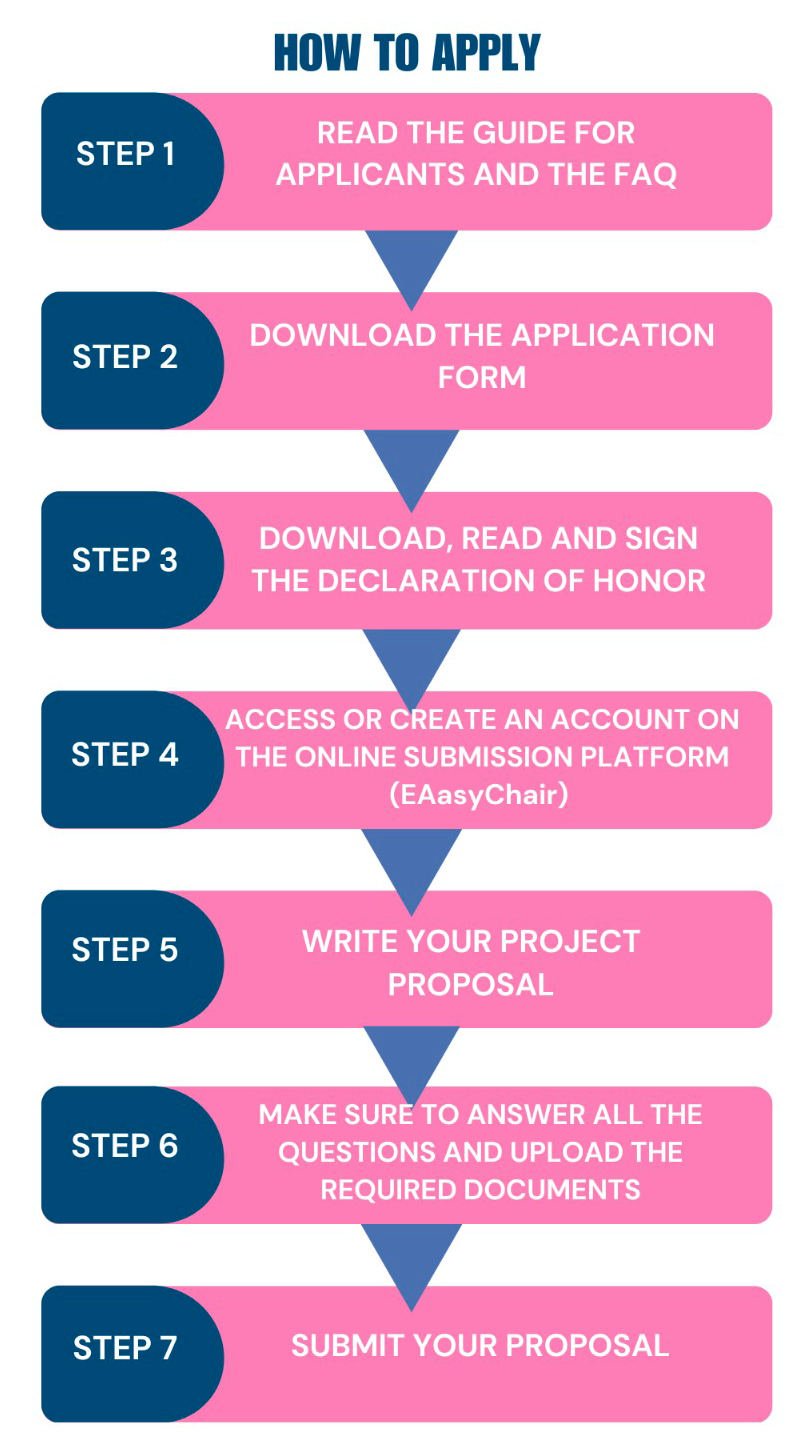

The
above is one proposal scenario for guidance only. If you need any further assistance
with your project please contact
the organisers at
opencall@partart4ow.eu
PartArt4OW is funded by the European Union’s Horizon Europe research and
innovation programme.
https://partart4ow.eu/
https://partart4ow.eu/


|





